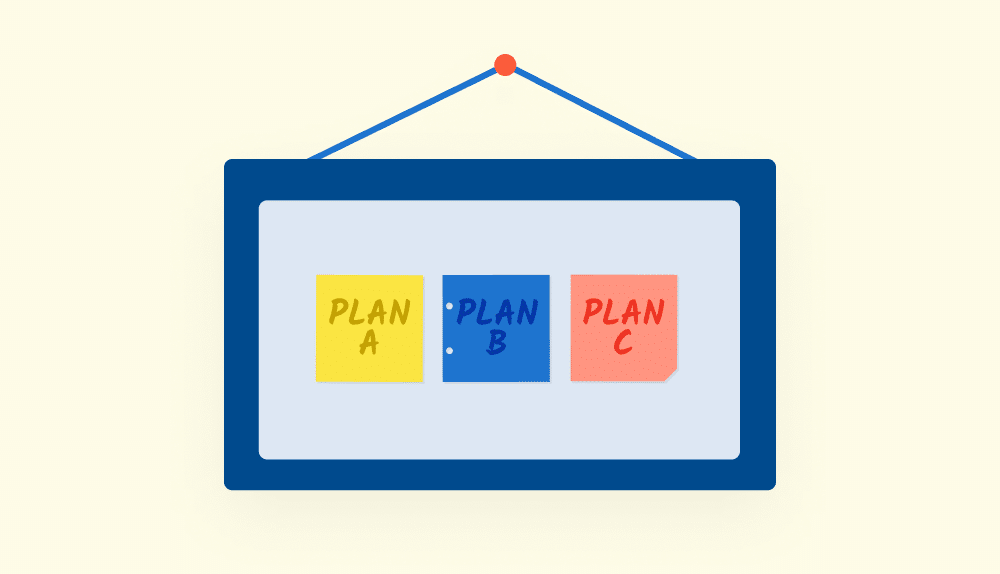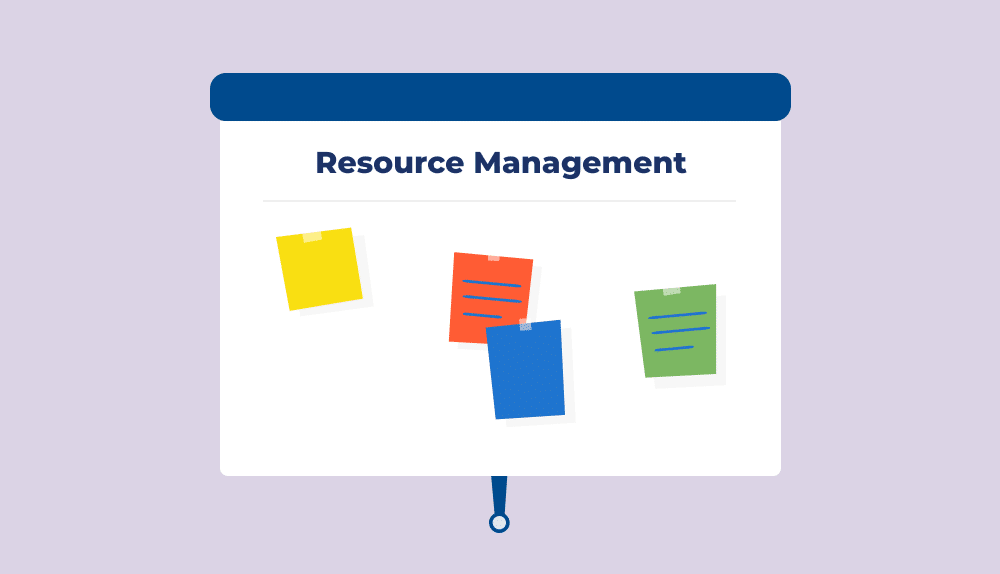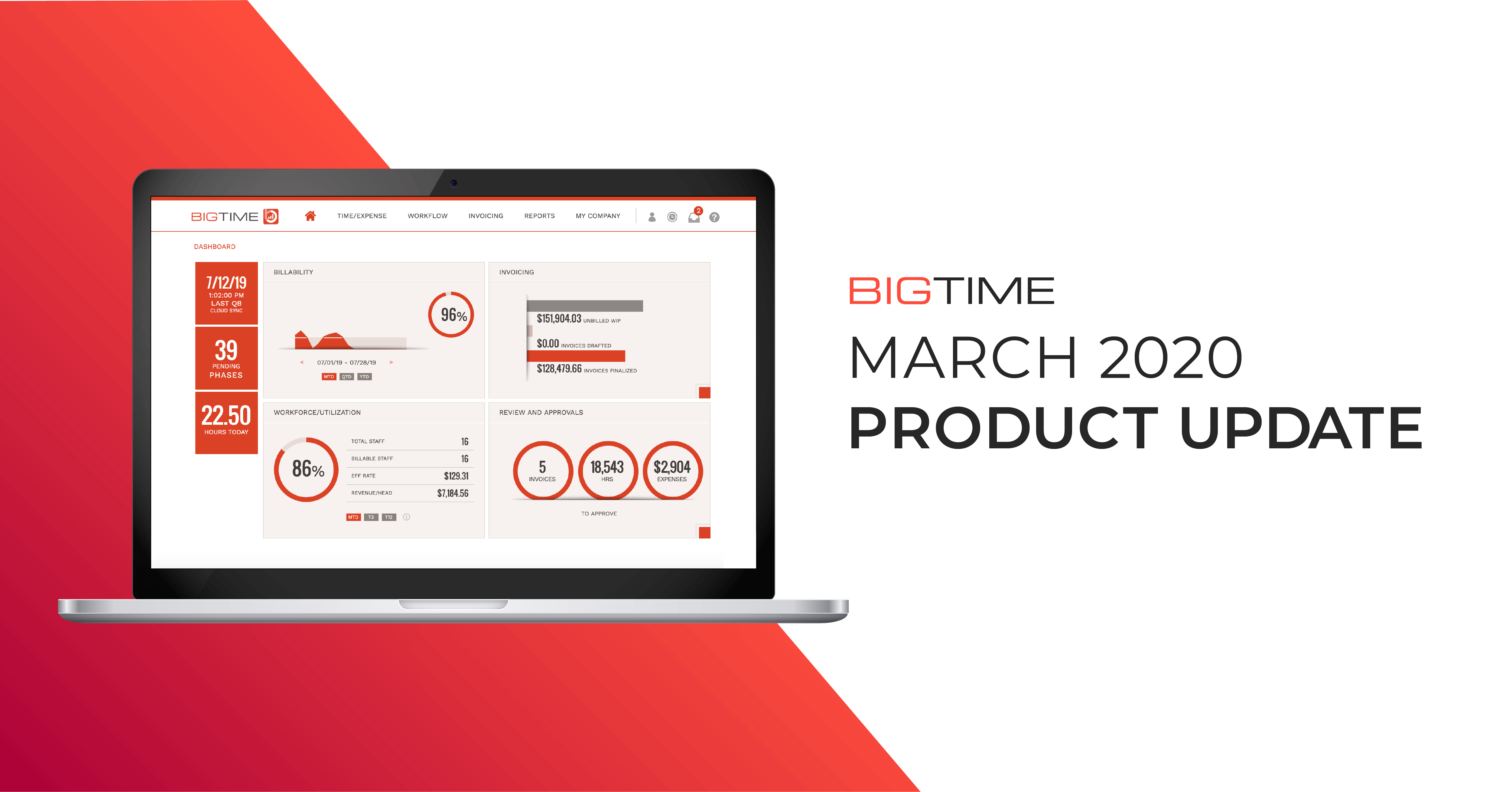No project is created perfectly.
However, a project’s quality depends entirely on your project execution plan — and you can significantly improve it with the right process. Here’s how project managers should approach such a project plan.
What is a project execution plan?
A project execution plan is a comprehensive document that outlines the strategy, approach, and specific actions to be taken during the implementation phase of a project. It serves as a roadmap or guidebook for the project team that specifies key operational and quality specifications, including:
- Project goals (usually as a goal statement)
- Project purpose
- Project leaders, stakeholders, and teams
- Expected deliverables
- An outline of the project’s life cycle
- Details of project operation
What should a successful project execution plan contain?
A project execution plan in a professional services industry typically includes the following key elements:
- Project scope defines the project’s objectives, deliverables, and boundaries, creating a clear understanding of what will be accomplished.
- Work breakdown structure (WBS) is breaking down each stage of the project into smaller, more manageable project tasks or activities, establishing a hierarchical structure that shows how the work will be organized and executed.
- Project schedule and milestones outline the start and end dates for each task or activity and identify significant project milestones or checkpoints crucial for a good project execution plan.
- Resource planning involves assigning employees to the project, its stages, and individual tasks.
- Risk management is a crucial part of a project execution plan that identifies potential risks and uncertainties associated with the project and outlines strategies to mitigate or respond to these risks effectively.
- Quality management defines the quality standards and processes the team will follow to ensure that project deliverables meet or exceed the specified requirements.
- Change management establishes procedures and protocols for managing changes to the project scope, schedule, resources, or other aspects, ensuring that any modifications are properly evaluated, approved, and implemented.
- Monitoring and control mechanisms describe how project status, performance, and adherence to the plan will be monitored, measured, and controlled, allowing for timely adjustments and corrective actions when project managers find it necessary.

How to Create a Project Execution Plan Step-By-Step
Step 1: Define the Project Objectives
Before starting the project, choose a title for it and delegate a project manager responsible for its execution.
Then, identify and document the project goals, desired outcomes, and success criteria that need to be met for the client to be completely satisfied — in other words, specify what a “successful project” means for its key participants. Without that, your project will be prone to scope crawl or random changes in the requirements.
Step 2: Analyze Needed Resources
Evaluate the feasibility of the project execution plan by assessing its technical, economic, operational, and schedule viability. This analysis helps the project manager determine if the project execution plan is possible and provides insights into potential risks and constraints related to its business goals. In other words, check whether your company has what it takes to execute the project successfully.
Step 3: Identify Key Stakeholders
Identify all individuals, groups, or organizations who have an interest or will be affected by the project. That may include stakeholders, project sponsors, or a project manager. If possible, choose a single product champion on the customer’s side to oversee the project execution plan. This will be their representative responsible for making critical decisions and communicating with your team throughout the project.
Step 4: Define a Project Scope
It’s time for project leaders to prepare a final outline for the project, also known as project scope — critical for all project execution plans.
This document should clearly define the boundaries and extent of the project, specifying what is included and what is excluded, ensuring a common understanding among team members and stakeholders. In other words, it should be a governing document for your key activities.
Step 5: Work Breakdown Structure
Separate the project into smaller tasks using a hierarchical structure. Start with major project deliverables and break them down into subtasks until the work is granular enough to effectively plan and execute every project task. If you want a general overview of your project, we recommend dividing it into stages ending with significant milestones to create more general team plans.
Step 6: Project Schedule
Establish a timeline for the project by determining task dependencies, estimating durations, and sequencing activities. Use resource management software — like BigTime Foresight — or tools to visually represent the necessary elements of the schedule, including start and end dates, milestones, and critical path analysis.
Step 7: Resource Allocation
Identify the skills and availability your employees will need to complete each task or activity in the project execution plan and choose the task owner. Ensure that you have the necessary resources for the job and that their available capacity will be sufficient to cover the needs of a new project at its projected start. Do this before you assign people to tasks — otherwise, your operations will be prone to schedule conflict!

Step 8: Risk Mitigation
Conduct a thorough risk assessment to identify potential risks, uncertainties, and obstacles that may impact the project’s success. Make sure your project execution plans meet all the contractual requirements and that you have the resources required for it to succeed. Verify whether its goal statements align with the responsibilities you have assigned in your resource management software in the previous step and the due dates you have set for the projects in question. Develop strategies to mitigate, minimize, or respond to each risk, ensuring proactive risk management throughout the project lifecycle.
Step 9: Monitoring and Reporting
Determine how project progress, performance, and adherence to the plan will be monitored and controlled. Define key performance indicators (KPIs), establish reporting mechanisms, and set up regular project reviews to assess progress and make necessary adjustments. In other words, specify what a successful project is in your case.
Step 10: Refining the Project Execution Plan
Review and refine the project execution plan. Seek feedback from relevant stakeholders, project team members, and subject matter experts. Review the project execution plan for completeness, clarity, and feasibility. Incorporate any feedback or suggestions and refine the plan accordingly.
Can I speed up the creation of an execution plan?
As you can see from the steps for creating a project execution plan, the majority of its steps cannot be recreated in Excel — or, at least, it would be very time-consuming. That’s why leading professional services companies conduct the entire project in a single software like BigTime Foresight.
What can BigTime Foresight do for me?
BigTime Foresight is a comprehensive resource management tool that can help you stay on top of your project from start to finish using an interactive project execution plan. Using the tool, you can:
- Estimate the amount of time needed to complete the project.
- Verify whether your company has enough resources available for the project and its budget.
- Define a project scope.
- Create a project schedule and allocate resources to it.
- Monitor the progress of the project, as well as the performance of your whole business.
- Make data-driven decisions based on information updated in real–time, and automatically turn them into reports.





